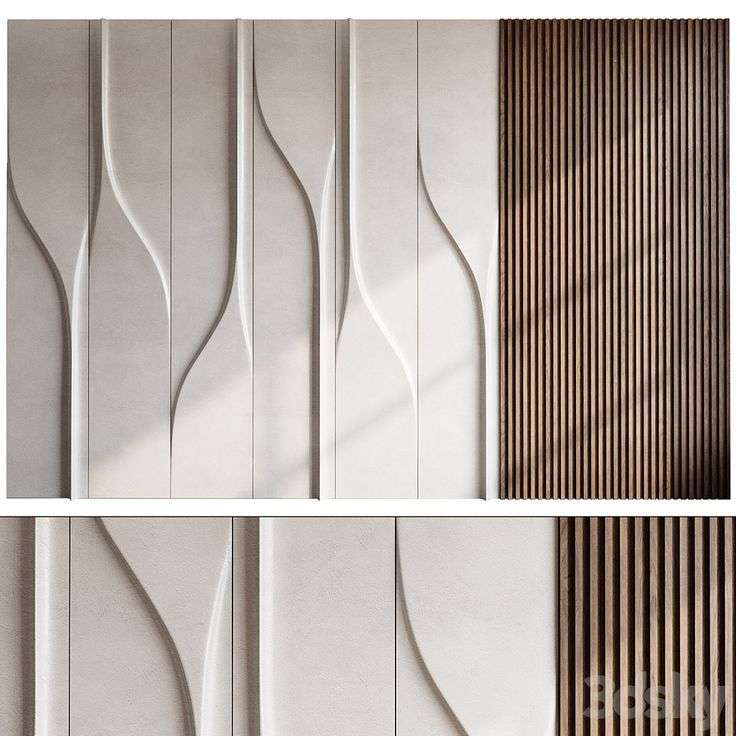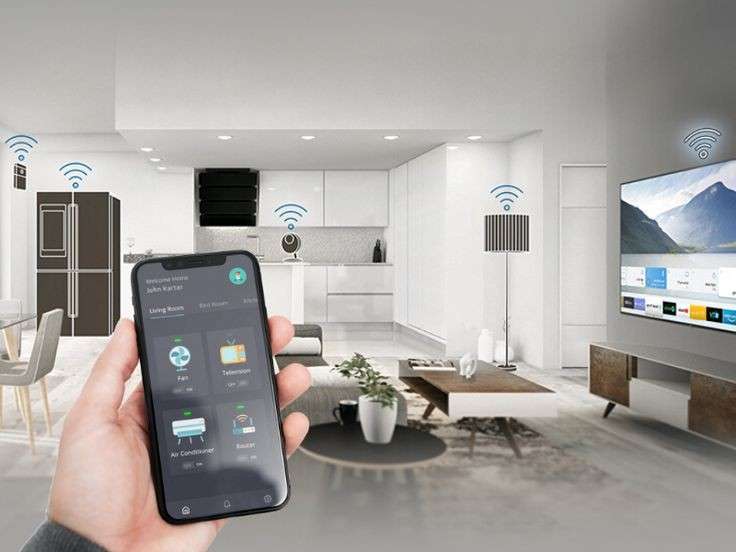
Key Elements of Luxury Design:
- High-Quality Materials: In luxury design, the choice of materials is paramount. Only the finest materials are selected, with a focus on craftsmanship, durability, and texture.
- Natural Stones and Marbles: Materials like Carrara marble, onyx, and granite are often used in luxury spaces for countertops, floors, and feature walls. Their timeless elegance and natural patterns create a sense of grandeur.
- Wood: Rich, polished woods such as walnut, oak, and mahogany bring warmth, texture, and sophistication to any room. Often used for custom furniture, flooring, or paneling, these materials offer both beauty and strength.
- Luxurious Fabrics: Velvet, silk, linen, and leather are often used for upholstery, curtains, and bedding. These materials not only provide a tactile sense of luxury but also elevate the visual appeal of the space.
- Metals and Glass: Gold, bronze, and brushed brass accents, combined with crystal-clear glass, add sparkle and shine. These materials can be used in lighting fixtures, furniture legs, or decorative elements.
- Attention to Detail: In luxury design, it’s the details that make all the difference. Every element, whether it’s the stitching on a leather chair, the trim on a velvet curtain, or the pattern on a rug, is thoughtfully designed to add layers of texture and depth to the space.
- Custom Furniture and Fixtures: Luxury spaces often feature bespoke furniture pieces or custom-designed elements that are unique to the space. These pieces not only offer functionality but also serve as works of art, making the space feel personal and exclusive.
- Intricate Patterns and Design Elements: From custom wallpapers and hand-painted murals to unique lighting designs, every detail in a luxury space is carefully planned to create a cohesive and sophisticated atmosphere.
- Sophisticated Lighting: Lighting is one of the most important aspects of luxury design. The right lighting can completely transform a space, highlighting its best features while creating a sense of drama, warmth, and ambiance.
- Statement Chandeliers and Pendant Lights: Luxury design often incorporates eye-catching light fixtures that become focal points in the room. Grand chandeliers made from crystal or intricate metalwork add a sense of opulence.
- Layered Lighting: Combining different types of lighting—ambient, task, and accent—creates a dynamic atmosphere. Soft, warm lighting enhances the feeling of intimacy, while focused lighting showcases artwork or architectural features.
- Space Planning and Layout: Luxury design places a strong emphasis on the spatial arrangement of a room. Every piece of furniture and décor is carefully chosen to complement the architecture and design of the space.
- Open, Flowing Spaces: Luxury homes and spaces often feature open floor plans with seamless transitions between rooms. Large windows and expansive walls allow for natural light to flood the space, enhancing the sense of openness and airiness.
- Comfort and Functionality: While aesthetics are important, functionality and comfort are equally prioritized in luxury design. Furniture and layouts are designed to offer ease of movement and a relaxing experience, while still maintaining an elegant aesthetic.
- Personalized Touches: True luxury design is all about creating spaces that reflect the personality, tastes, and preferences of the individual. A luxury home, for example, may feature custom-designed art pieces, personalized decor items, or bespoke furniture that makes the space truly unique.
- Art and Collectibles: High-end art, sculptures, and antiques add character and personal style to the space. Collecting one-of-a-kind pieces that reflect the owner’s personality enhances the exclusivity of the space.
- Personalized Interiors: Customized color schemes, fabrics, and layouts make the space feel unique. Whether it’s a tailored home office or a lavish master suite, every element should align with the homeowner’s personal taste and lifestyle.
- Technology Integration: In today’s luxury spaces, cutting-edge technology is seamlessly integrated into the design, enhancing comfort, convenience, and efficiency without compromising the aesthetic appeal.
- Smart Home Features: Luxury homes often feature smart technology, including automated lighting, temperature control, security systems, and entertainment. These systems can be controlled from a smartphone or tablet, offering both convenience and security.
- Home Theaters and Entertainment Systems: State-of-the-art audio-visual systems are integrated into luxury living rooms or dedicated home theaters, creating a high-end entertainment experience.



